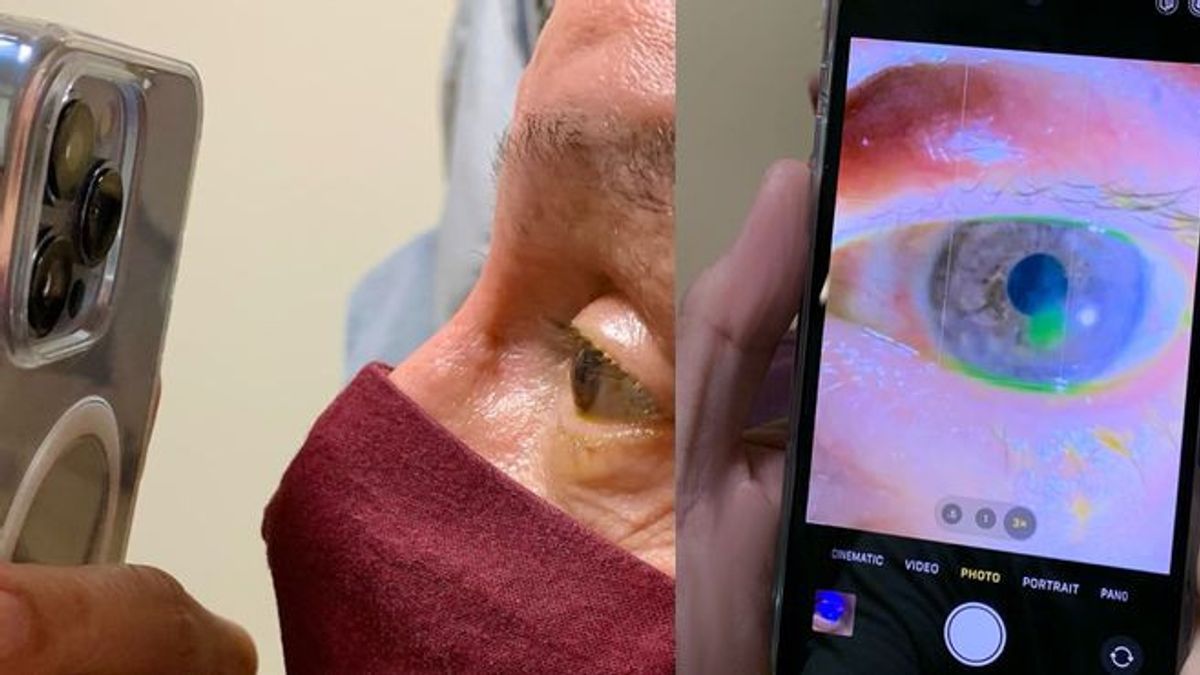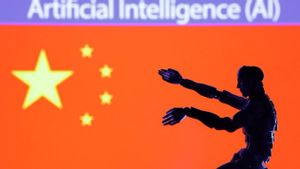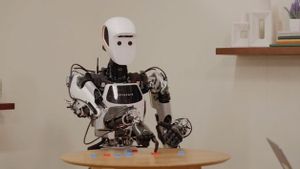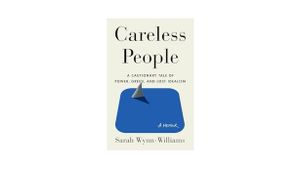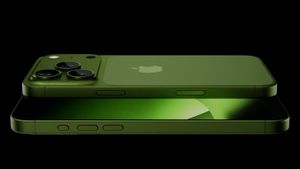JAKARTA - A doctor in San Diego, as reported by screenrant, Thursday 30 September, started using Macro lens mode on the iPhone 13 Pro to get a better look at the patient's eyes. This popular feature on the new iPhone Pro models requires no special hardware and is very easy to use.
This makes it a quick and easy way to examine patients. Now patients shouldn't be too surprised if their next ophthalmologist visit will place the iPhone a few centimeters from their face.
The macro mode is really pretty neat. Without the use of special lenses - as is the case with DSLR cameras - iPhone can produce incredible shots with a focus range of up to 2 centimeters. While this shot cannot be obtained with a regular focal length lens or camera, the iPhone 13 Pro's ultra-wide lens doubles as a software-enabled macro lens, as it has an aperture of f/1.8 and a 120-degree field of view.
This feature is typically used to capture smaller objects, such as close-up shots of spiders or flowers. Basically, if it's small, Macro mode might be able to take pretty good photos, adding one more tool to the iPhone 13 Pro for photographers on the move.
Another creative use for this fashion turned out to be the medical field. Tommy Korn, an ophthalmologist, has used the iPhone 13 Pro Max to take close-up shots of patients' eyes. On LinkedIn, Dr. Korn shows a photo of a patient with a peeling cornea. It highlights the results before and after treatment in a three day period.
Dr. Korn mentions in another post some of the benefits that can be derived from using this kind of technology, such as remote macro shots sent remotely, instead of having to make in-person visits. The use of this technology can be a gamechanger to diagnose the situation quickly and effectively. Moreover, Macro mode is a free feature on the very popular phone.
Using the iPhone 13 Pro's Macro feature for eye exams can be a solid and effective way to quickly diagnose patients. However, there may be some concerns with this technique. Since the iPhone 13 Pro's Macro mode is software-driven, there might be an argument to be made that there isn't as high a level of detail as professional slit lamp cameras typically used in real operating theaters.
If used solely to examine the patient, it can lead to misdiagnosis if the lens captures the wrong light or reflections in the iris and cornea show some shadow detail that is not really there, even with very good viewing.
In this case, there is a fine line between using this feature for quick, non-urgent conditions and emergency visits where details are critical. As far as just checking the patient's recovery from surgery, Macro mode seems like a very useful idea. It's quick, easy, and provides enough detail for doctors to get a comprehensive picture of how recovery is going.
It's no surprise that the iPhone, and smartphone technology in general, has been adopted more and more frequently in healthcare, and even outside of ophthalmology.
The English, Chinese, Japanese, Arabic, and French versions are automatically generated by the AI. So there may still be inaccuracies in translating, please always see Indonesian as our main language. (system supported by DigitalSiber.id)
